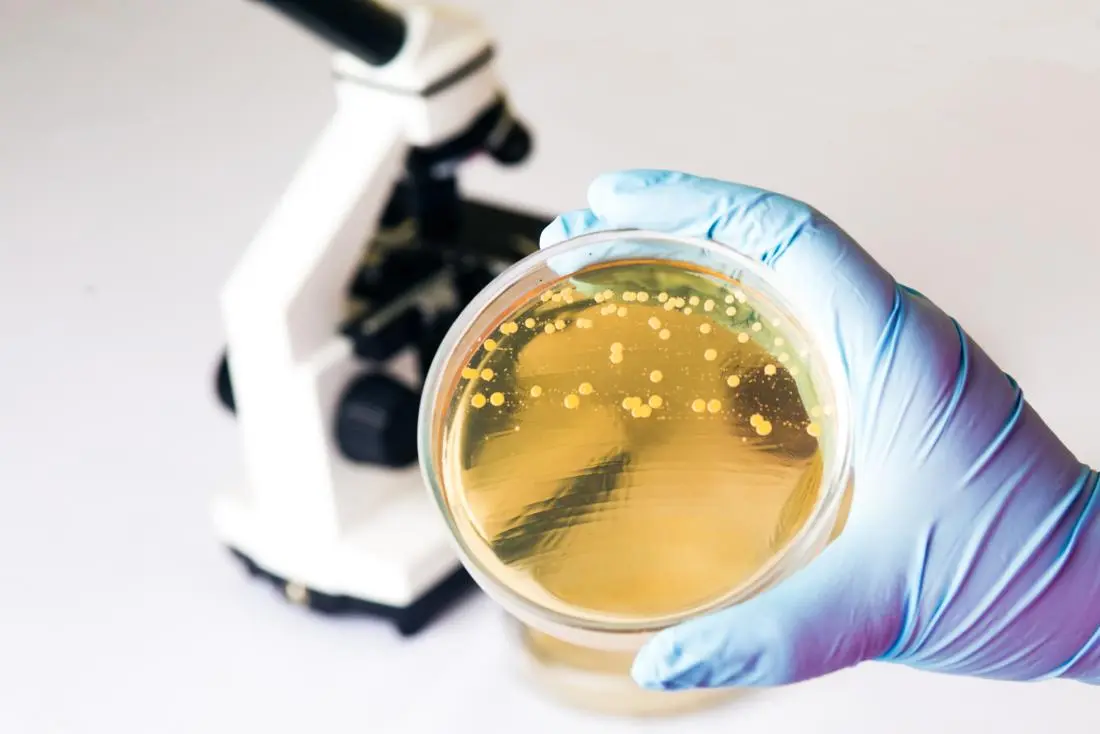A study that compared women with and without fibromyalgia has, for the first time, linked gut bacteria to the long-lasting disease and its main symptoms.

Researchers in Canada identified 19 species of gut bacteria that were present in higher or lower numbers in individuals with fibromyalgia.
“We found,” says Amir Minerbi, of the Alan Edwards Pain Management Unit at McGill University in Montreal, “that fibromyalgia and the symptoms of fibromyalgia — pain, fatigue, and cognitive difficulties — contribute more than any of the other factors to the variations we see in the microbiomes of those with the disease.”
Minerbi is the first author of a recent paper on the study, which features in the journal Pain.
He and his colleagues used artificial intelligence and other techniques to rule out variables that might influence the link between gut bacteria and fibromyalgia. These include age, medications, diet, and exercise, among other factors.
“We also saw,” Minerbi adds, “that the severity of a patient’s symptoms was directly correlated with an increased presence or a more pronounced absence of certain bacteria — something which has never been reported before.”
The team is keen to point out that the findings do not show whether the changes in gut bacteria are just markers of the disease or actually contribute to or cause its development.
Further studies that explore the role of gut bacteria in headache, back pain, and other pain-related conditions might shed some light on this question.
Should it turn out that gut bacteria do play an active role in promoting and causing fibromyalgia, such a discovery could significantly shorten the years that it typically takes to diagnose the condition. It could even pave the way to finding a cure.
Gut microbiome and fibromyalgia
The gut microbiome is a vast and complex ecosystem of bacteria, yeasts, viruses, fungi, and other microorganisms that inhabit the digestive tract.
These tiny guests are constantly exchanging signals with the cells of their host.
Numerous studies have revealed that the interaction between the gut microbiome and the body plays an important role in health and disease.
Fibromyalgia is a long-term condition that affects 2–4{f3a6a30fe8ec83c88e3a096004ddf2d5481b76e701b36185325949387956c891} of the United States population, which equates to about 6–12 million people.
The prevailing feature of fibromyalgia is widespread pain that often occurs alongside fatigue, tenderness, difficulty sleeping, and other symptoms. The symptoms do not go away, although their intensity can vary over time.
People with fibromyalgia can find it challenging to do everyday activities, such as walking even a short distance, climbing stairs, and carrying out tasks around the home.
Senior study author Yoram Shir, Director of the Alan Edwards Pain Management Unit at McGill University, explains, “People with fibromyalgia suffer not only from the symptoms of their disease but also from the difficulty of family, friends, and medical teams to comprehend their symptoms.”
Microbiome data led to accurate diagnosis
Of the 156 female Montreal residents who took part in the study, 77 had fibromyalgia, while the remaining 79 healthy individuals acted as controls. Some of the participants in the control group were the siblings, offspring, or parents of those with fibromyalgia or shared their living space.
All participants gave samples of stool, urine, and saliva. They also underwent interviews. The researchers analyzed data from tests on the samples and from the interviews. They compared the results for the participants with fibromyalgia with those of their healthy counterparts.
Study co-author Emmanuel Gonzalez says, “We sorted through large amounts of data, identifying 19 species that were either increased or decreased in individuals with fibromyalgia.”
Gonzalez works as a bioinformatics consultant in the Department of Human Genetics at McGill University.
Using machine learning, a type of artificial intelligence, to analyze the microbiomes in the stool samples, the team was able to identify which participants had fibromyalgia with an accuracy of 87.8{f3a6a30fe8ec83c88e3a096004ddf2d5481b76e701b36185325949387956c891}.
“We observed,” note the authors, “a quantitative association between the abundance of several [species of bacteria] and the severity of [fibromyalgia]-related symptoms, including pain intensity, pain distribution, fatigue, sleep disturbances, and cognitive symptoms.”
They add that the “abundance” of the species of bacteria also “correlated selectively with disease-related symptoms, but not with disease-independent variables.”
The researchers are planning to replicate the findings in a larger, geographically diverse group of participants. They also wish to carry out animal studies to discover if gut bacteria actually have a hand in causing fibromyalgia.



